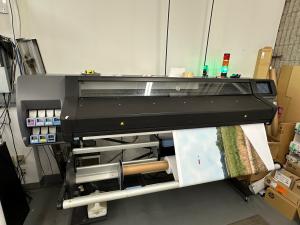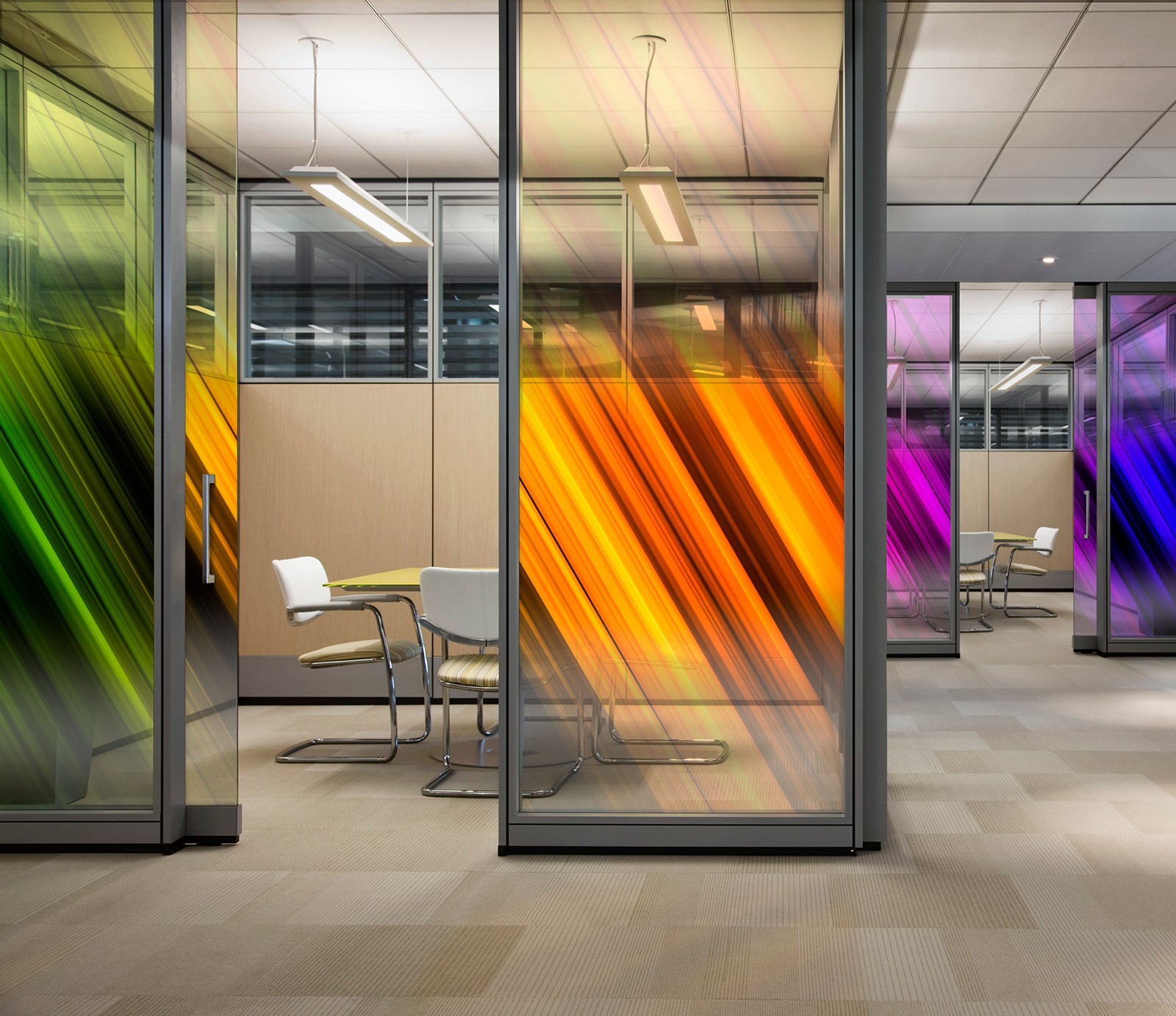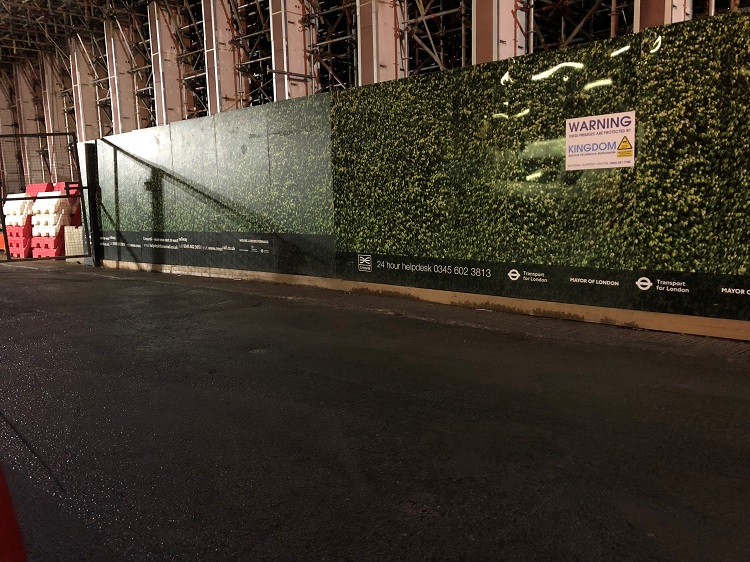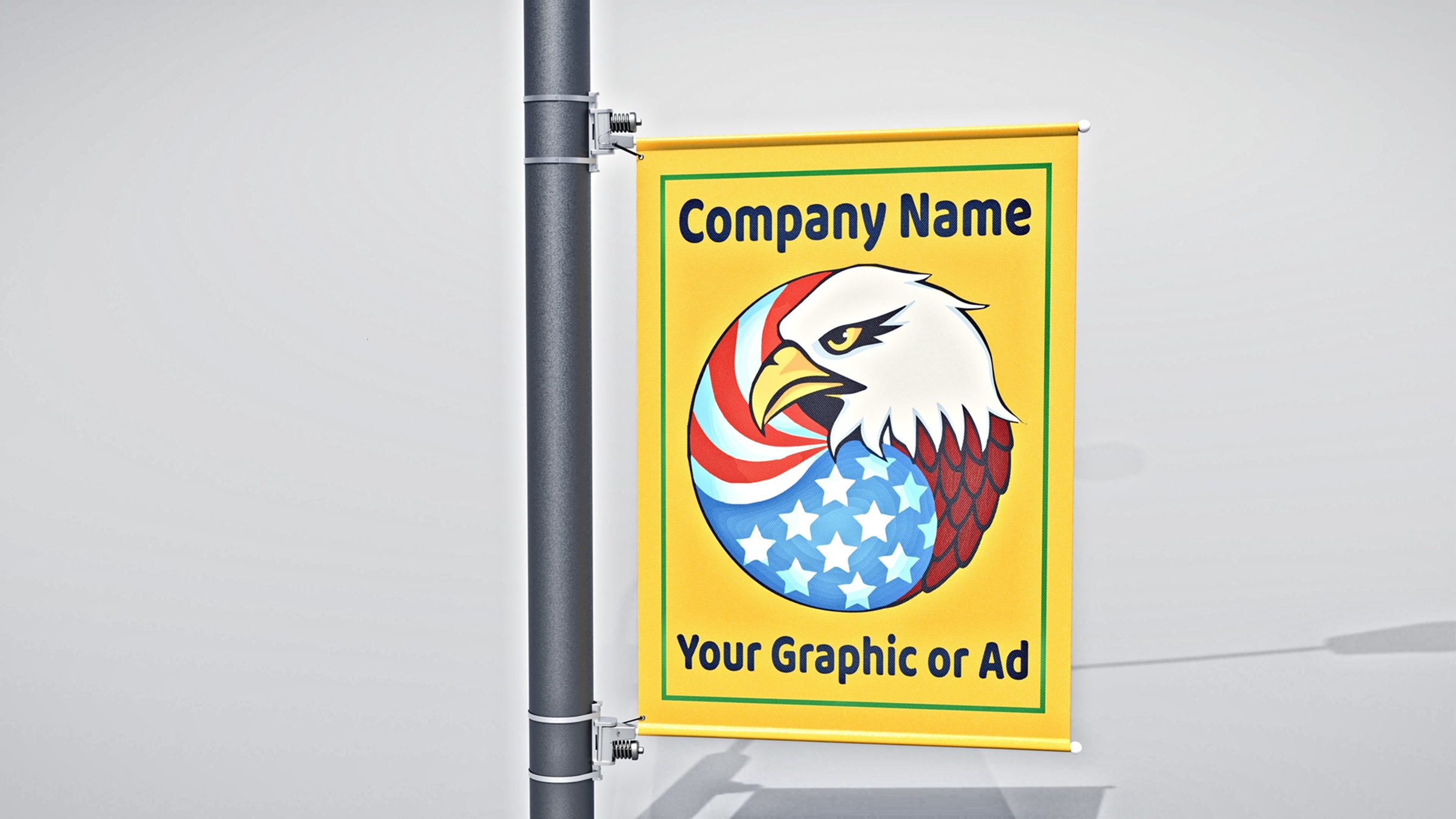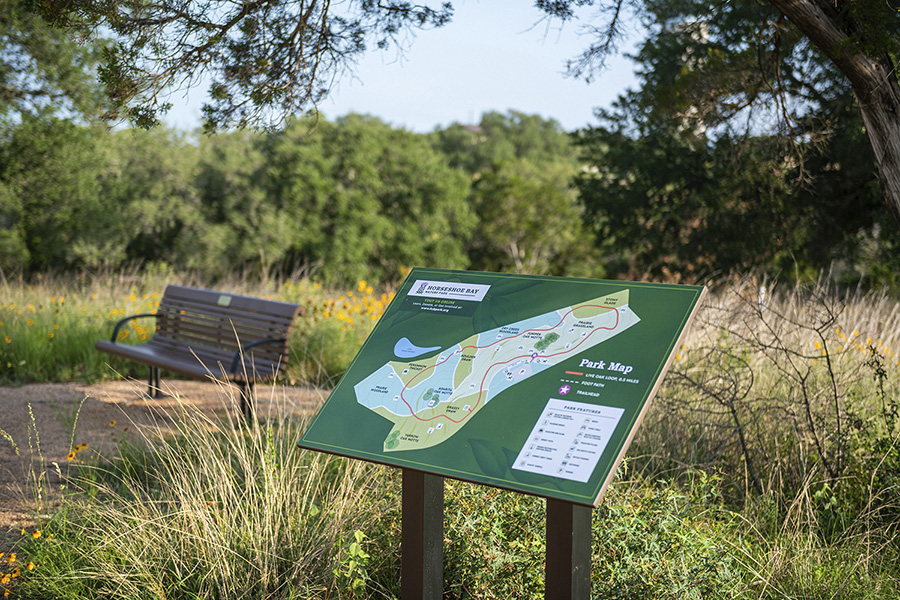Why automation, not AI, is the next big leap for OOH

Artificial Intelligence (AI) may be attracting attention in ad land to drive new efficiencies, but for out-of-home (OOH), the road to efficiency starts with automation. To take advantage of AI in the future, OOH must first build a strong foundation on automated buy- and sell-side processes for static and digital OOH transactions that AI can learn from. This will require a joint effort by omnichannel ad buyers, OOH media owners, and ad tech developers. We surveyed industry professionals at the DPAA Canada Summit this past summer to get their perspectives on the subject, and the insights were quite revealing.
An industry overdue for automation
Though OOH has already adopted programmatic digital OOH (pDOOH) to automate transactions, it fuels just over ten per cent of total U.S. OOH ad spend. Real-time bidding (RTB), programmatic guaranteed (PG), and private marketplace (PMP) OOH deals on programmatic buying platforms have certainly made OOH more efficient and accessible, but the benefits are largely limited to digital inventory. This poses a challenge when static signage still makes up 70 per cent of overall OOH inventory.
Today, securing wall space, traditional billboards, and street furniture, or digital inventory that isn’t yet available on a demand-side platform (DSP) can prove a headache for buyers. It can mean countless back-and-forth exchanges with multiple media owners to negotiate rates, confirm bookings, and map out measurement goals. Making any on-the-fly changes is also difficult, if not impossible, prompting buyers to shift dollars out of OOH into other channels when changes are required.
Emphasizing this challenge, Sylvio Deluca, president of VENDO Media, a Canadian OOH media owner, said, “It’s straightforward to log onto an omnichannel DSP and reserve an online, mobile, or CTV ad. When it comes to OOH, not so much. The OOH buying process is overly complex and time-prohibitive. We have to find ways to automate and figure out how OOH can complement what’s happening in the online world.”
Even if a buyer wants to reserve DOOH inventory in advance today via programmatic, PG is largely their only option. However, it requires priority settings, isn’t available on every DSP, and isn’t always truly guaranteed. In some cases, another buyer can bid higher and win the pre-negotiated inventory. Media owners must set up the deal in the SSP and use a priority level to guarantee delivery. There often isn’t a formal contract; it’s all based on relationships, pricing, and verbal agreements.
It’s time for the industry to think about the bigger picture. We must establish an automation strategy that enables buyers to secure guaranteed static and digital OOH inventory directly and through programmatic pipes that reserve space ahead of time, eliminating the need for priority settings. New developments, like Broadsign’s In-Advance supply-side platform (SSP) capability, are helping to move the industry forward, but more work lies ahead.
The march toward greater efficiency
For media buying agencies and in-house teams being asked to do more with less, OOH automation unlocks a host of advantages. It frees up time for strategists and client services teams to focus on more important initiatives, rather than wasting time on lengthy exchanges to gather information that could be obtained digitally.
“A big part where it (the OOH transaction) gets bogged down is in manual processes. We love speaking to vendors, but there’s always a lot of conversations, changing of avails, and getting into a platform and trying to make things happen, but it doesn’t always go the way you want,” explained Daniel Mak, managing director, Talon Canada. “We’re very hands-on on the keyboard, relying on people to do a lot of jobs, so anywhere we can find efficiencies, our people can then focus on the bigger picture, things like strategy, creative execution, ideation, and education.”
The cost of automation failure
Eventually, the lack of automation in OOH, if unaddressed, could very well turn buyers away from the medium. “As an industry, now is the time to advance how we buy and sell OOH, or we risk losing spend to other channels. The data shows that overall ad spend is up, but OOH’s share of that spend is shrinking, and that’s partially because of how hard OOH is to buy,” shared Broadsign Director of Business Development, Adam Kahansky. “We need to put the tools in place to allow buyers who are funneling spend into other channels to buy OOH just as easily. If OOH only represents 5 per cent of media buy, but if it’s taking upward of 25 per cent of an agency’s time to execute, that’s a problem.”
Mak of Talon Canada echoed this sentiment, noting the importance of agencies being able to leverage automation to demonstrate the value of OOH to advertisers. “There’s always a pressure to elevate our game and provide clients with peace of mind that when they’re spending in OOH, it’s actually moving the needle,” he said. “The speed of this technological evolution is accelerating. We have to ride that tidal wave, stay on the edge of it, to be that leading voice and show that we’re taking care of business. There is risk if we fail to automate.”
Charting a course forward
Community, collaboration, and education will be integral to successfully automating OOH. For Deluca of VENDO, this means working closely with industry organizations like COMMB, especially as they introduce elements like reach and frequency modeling, and advance standardization initiatives.
“From my perspective, as long as people are on earth, there will always be some form of OOH advertising. The formats will get better. The question is how we complement and continue to grow with online and offer advertisers measurement that supports what they’re doing online,” he remarked. “We’re going to be a growth medium. Agencies, advertisers, programmatic platforms, and COMMB working together can drive the medium forward.”
Reinforcing the importance of collaboration, Kahansky of Brodasign said, “Automation can’t be solved in an ad tech bubble. We need input from partners across the buy- and sell-side. This must be a collaboration, where OOH technology providers like Broadsign build the tools and iterate based on the thoughts and needs of the community.”
Mak of Talon urged that it will take a lot of voices to get on the same track, from clients to measurement partners, agencies, and specialists. “In the end, this will be beneficial for everyone in the chain from a profitability, performance, creativity, or strategy lens. If everyone can get on board and collaborate, there are some really great things ahead,” he noted.
Mak also emphasized the importance of education and human perspective. “What we often miss is that there’s still a lot to know,” he said. “Anyone can go into a platform and choose billboards and urban panels, apply an audience, and everything can go smoothly, but they still need someone who has toured the market, someone who understands that it is quality inventory and who can compare it year over year, market to market. We need that level of educational professionalism and expertise to still advise what they’re buying and the value of it.”
As we embark on the next phase of OOH’s automation journey, it’s crucial to remember that buyers have different goals and technology preferences, so the solutions we bring forward as a community must be agnostic. As an industry, we’re making progress in our path to automation, but continued progress will demand ongoing collaboration, education, standardization, and technological innovation from all.
Kayla Caticchio, content marketing manager, Broadsign. Check out this Broadsign playbook for streamlining OOH transactions at scale through automation.

